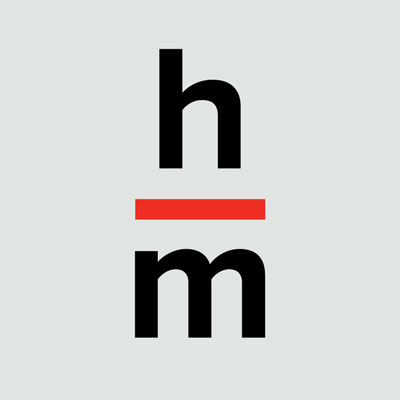What iPad Adds to Readers
by Holland-Mark | January 6, 2011
 Having lived with an iPad for a while, I’m struck by how much it adds to the reading experience.
Having lived with an iPad for a while, I’m struck by how much it adds to the reading experience.
This is in contrast to my pre-ownership attitude toward the eBook phenomenon, which was focused on what tablet devices subtracted… namely the tactile satisfaction of paper and ink, of hard covers, and my own fingertip-moistening affectation.
But in return for giving up these small 18th-century pleasures, you get a lot in return:
- Everything you read becomes shareable, and through that discussable and prioritize-able through your own social graph.
- Everything you read is index-able and tag-able, which makes it searchable and accessible. I just got rid of 4 years worth of my beloved La Cucina Italiana magazine, which have been collecting dust in my kitchen bookcase for the rare occasions on which I need open inspiration. Now I can search the back issues via iPad, and still get the same brilliant design experience I’ve long coveted in the print edition.
- It makes the digital physical. This one is hard to explain. Web stuff on iPad is no more real than it is on a laptop. But somehow, whether it’s because of the intimacy of direct interaction with the content, or because the form factor of the device itself is both revolutionary and familiar, everything seems more tangible. While I would never prop open a laptop while cooking, for example, it feels natural to prop up my iPad on the countertop and start chopping onions.
The clincher, though, is the grace with which iPad integrates text, video, and audio into a holistic and utterly satisfying interactive experience. The best example of this I’ve seen is the NPR for iPad application, which is so beautifully designed and functional it is practically reason enough to spring for the device.
A recent piece on Pete Yorn pictured above let me read the interview, watch him play, or listen to his music with equal ease. Mark Bittman’s “Minimalist” videos have added a lot to his always great food column in the New York Times, for the same reason.
In the end, all of these things are possible, I guess, on a 20th-century desktop machine. But something about the tablet form factor really does make them different, and I would argue better. As brands move to take advantage of this medium they’re going to need to adapt their approach in similar ways, to take advantage of how we’ll all be consuming media in the coming Age of the Tablet.
Related articles
- CES 2011: Tons of tablets, but no iPad killer yet (thenextweb.com)
- Perfect Browser Adds Tabs, Gestures, and More to iOS, Is the Ultimate iPad Browser [Downloads] (lifehacker.com)
- 40% of iPad Owners Also Own Kindles (shoppingblog.com)
- 10 Covers for your iPad (carpediemclub.wordpress.com)
- Schools Across the Country Adopt the iPad (mashable.com)

